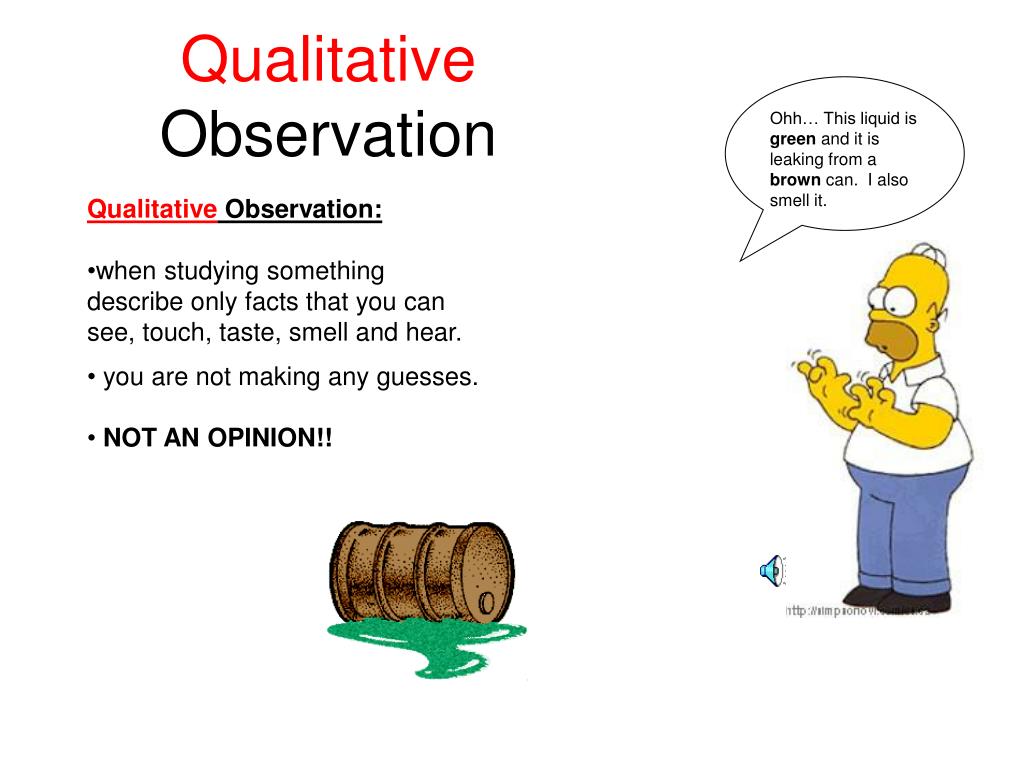

Use of a sclerometer was initially developed to allow quantitative measurement of ulnar notch sclerosis on canine medio-lateral elbow radiographs (Smith et al. These results were similar to our findings.

(2008) reported a fair interobserver agreement and a moderate to strong intraobserver agreement when using a four-point ordinal grading scale to score sclerosis from Labrador Retriever elbows radiographs. The use of such grading system is therefore of questionable benefit when comparing between different observers, studies, or institutions. Our findings suggest that using an ordinal grading system for the severity of MCP sclerosis has poor interobserver and intraobserver reliability and repeatability. In our study, sclerosis grade had the largest variation in ƙ values (ranging from poor to strong). However, interobserver agreement for osteophytes detection in our study (ƙ=0.41-0.49) was not as good as the human CT study. Despite not suffering from the same disease process as dog detection of fragmentation in the human elbow CT images had a similar interobserver agreement to our finding in canine elbows with an interobserver agreement of 0.61-0.81 in our study. In this human study, interobserver agreement was almost perfect for the presence of fragmentation (ƙ=0.83) and it was strong to almost perfect for the osteophyte detection (ƙ=0.67-0.8), depending on their localisation within the elbow. A single human elbow CT has similarly evaluated inter- and intraobserver agreement with two observers for the presence of fragmentations and osteophytes within the elbow based on CT transverse images (Zubler et al. The CT features interpreted from a single standardised transverse image with highest agreement was the presence of FMCP, followed by the presence of osteophyte and MCPD.

The interobserver agreement of all features among board certified imagers was slightly better compare to the other groups but this was not statistically different (p=0.73). Agreement were similar in all groups except board certified imagers. Discussion The results of this study demonstrate significant inconsistency both between and within observers and groups of observers in their ability to agree on the presence, absence or grading of features used in the diagnosis of MCPD and sclerosis grade from transverse CT images.


 0 kommentar(er)
0 kommentar(er)
